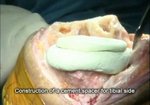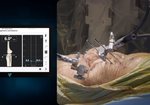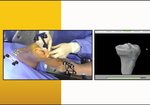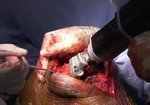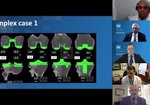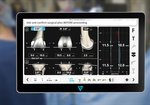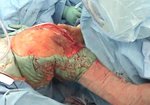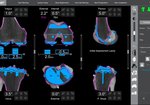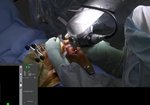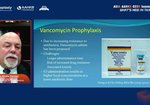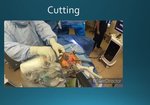
Video Player is loading.
Current Time 0:00
/
Duration 0:00
Loaded: 0%
0:00
Stream Type LIVE
1x
- 0.5x
- 0.75x
- 1x, selected
- 1.25x
- 1.5x
- 1.75x
- 2x
- Chapters
- descriptions off, selected
- captions settings, opens captions settings dialog
- captions off, selected
This is a modal window.
Beginning of dialog window. Escape will cancel and close the window.
End of dialog window.
10 seconds
Playback speed
This is a modal window. This modal can be closed by pressing the Escape key or activating the close button.
Robotic-Assisted One-Stage Revision Total Knee Arthroplasty for Periprosthetic Joint Infection
4,528 views
July 7, 2022
We present our surgical technique for a one-stage revision total knee arthroplasty in the setting ...
read more ↘ of a periprosthetic joint infection. Research has demonstrated similar efficacy of articulating antibiotic spacers and 'functional spacers' (metal femoral component, all-polyethylene tibia component) for clearance of infection. Other published data has shown that many of these functional spacer patients do not proceed on with formal revision total knee arthroplasty for the 2nd stage procedure achieving excellent functional outcomes. Advantages of this technique include a single operation, decreased overall cost, similar efficacy of clearance of the organism, the ability for the patient to bear weight immediately after surgery without restricted knee range of motion, and faster return to activity and less time out of work. The challenges of reproducibly achieving a balanced and well-aligned total knee arthroplasty revision in this setting can be difficult given the bony defects and lack of landmarks often encountered in these cases. The use of robotic-assisted technologies allows for accurate and precise implant placement and we describe use of this tool in this video for a one-stage revision total knee arthroplasty. Please note that use of the robotic-assisted techniques depicted in this video are considered off-label use.
↖ read less
read more ↘ of a periprosthetic joint infection. Research has demonstrated similar efficacy of articulating antibiotic spacers and 'functional spacers' (metal femoral component, all-polyethylene tibia component) for clearance of infection. Other published data has shown that many of these functional spacer patients do not proceed on with formal revision total knee arthroplasty for the 2nd stage procedure achieving excellent functional outcomes. Advantages of this technique include a single operation, decreased overall cost, similar efficacy of clearance of the organism, the ability for the patient to bear weight immediately after surgery without restricted knee range of motion, and faster return to activity and less time out of work. The challenges of reproducibly achieving a balanced and well-aligned total knee arthroplasty revision in this setting can be difficult given the bony defects and lack of landmarks often encountered in these cases. The use of robotic-assisted technologies allows for accurate and precise implant placement and we describe use of this tool in this video for a one-stage revision total knee arthroplasty. Please note that use of the robotic-assisted techniques depicted in this video are considered off-label use.
↖ read less
Comments 6
Login to view comments.
Click here to Login



